- JAPANESE
- LANGUAGE
X
 THAT IS GOOD
THAT IS GOOD
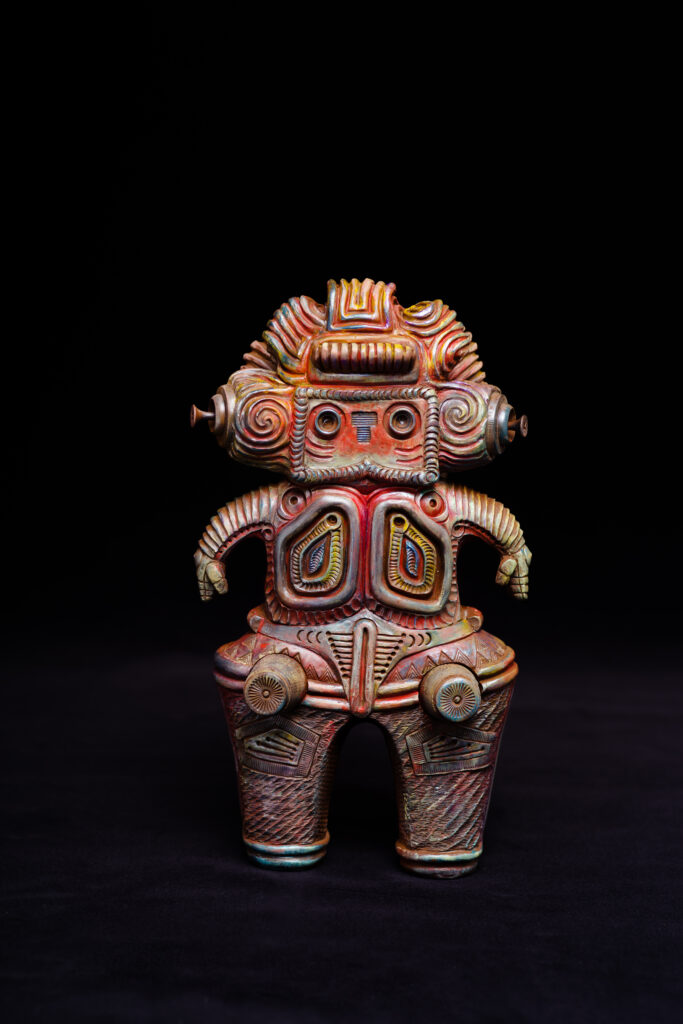
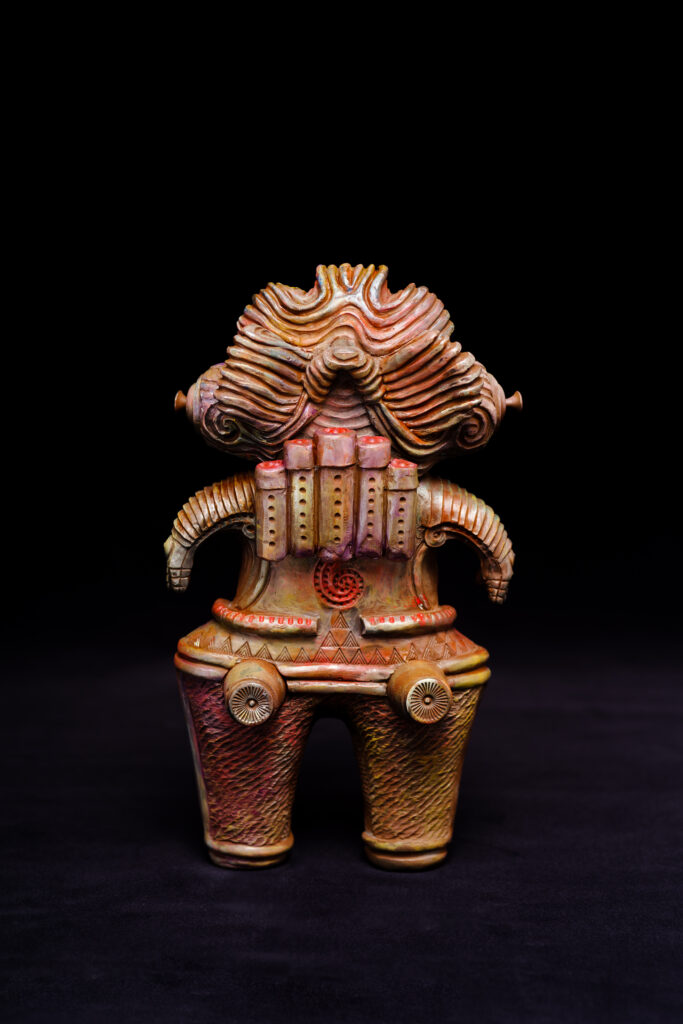
Legal amount : height × width × Length = 235×130×75 (mm)
Materials: epoxy putty, sculpey, screws, wood
In September 2018, we were going to hold a Giri exhibition at the Aeon Mall in Kobe, so I was struggling with the idea of “what should I make for my local work?”, when my eldest son, Taro, asked, “Dad, what about King Joe? I think that’s Kobe!” He came up with the best idea!
“Ultra Seven” episodes 14 and 15, “The Ultra Guard Goes West, Part 1 and Part 2,” were shot entirely on location in Kobe, and featured the world’s first combined robot, King Joe, which is a very popular episode of Ultra Seven. The first time I won a prize was a King Joe figure, so I have more than 20 figures, and I’ve always wanted to make one! If I don’t make it now, when will I make it? So I decided to make King Joe right away…. But I soon realized that even if I made King Joe as is, it would just be a figure, so I stopped.
Then, remembering that there was a Jomon boom in the summer with the ” Jomon Exhibition” at the time, Taro said, “Dad, how about combining King Joe and Jomon to make ‘King Jomon’? Another fine play! That’s it! King Joe is kind of like a clay figurine!
But what should I combine with the Jomon?
Then, when I looked at the pamphlet for the Jomon exhibition, the “Mimizuku Dogu” caught my eye. “This is the prehistoric King Joe, isn’t it? And I’ve always wanted to make a Mimizuku Dogu! So I decided on “King Joe in the shape of Mimizuku Dogu”!
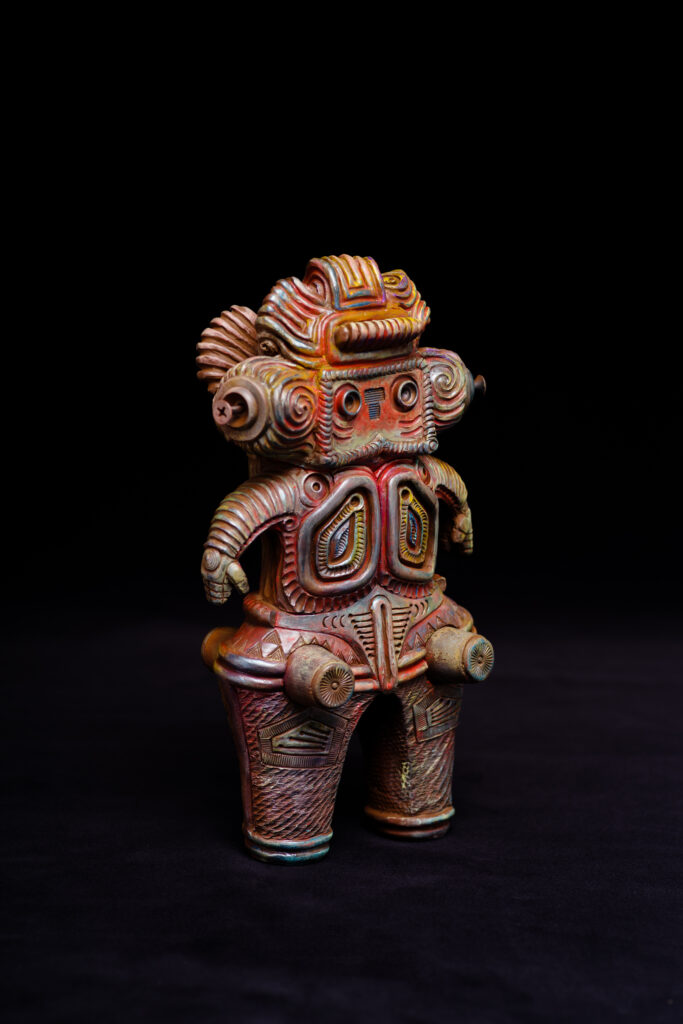
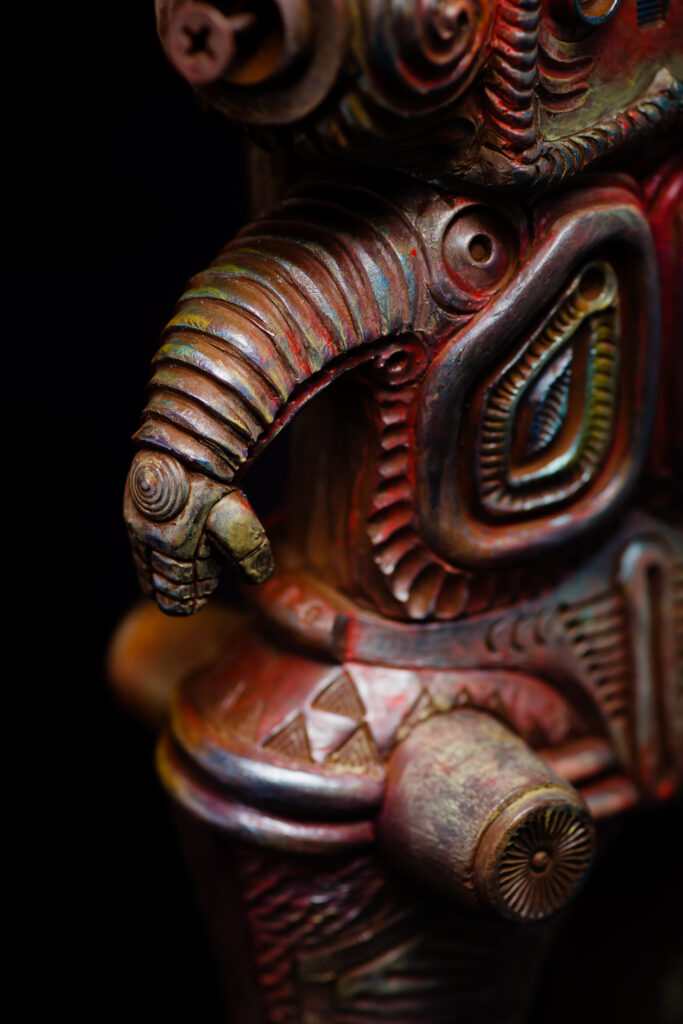
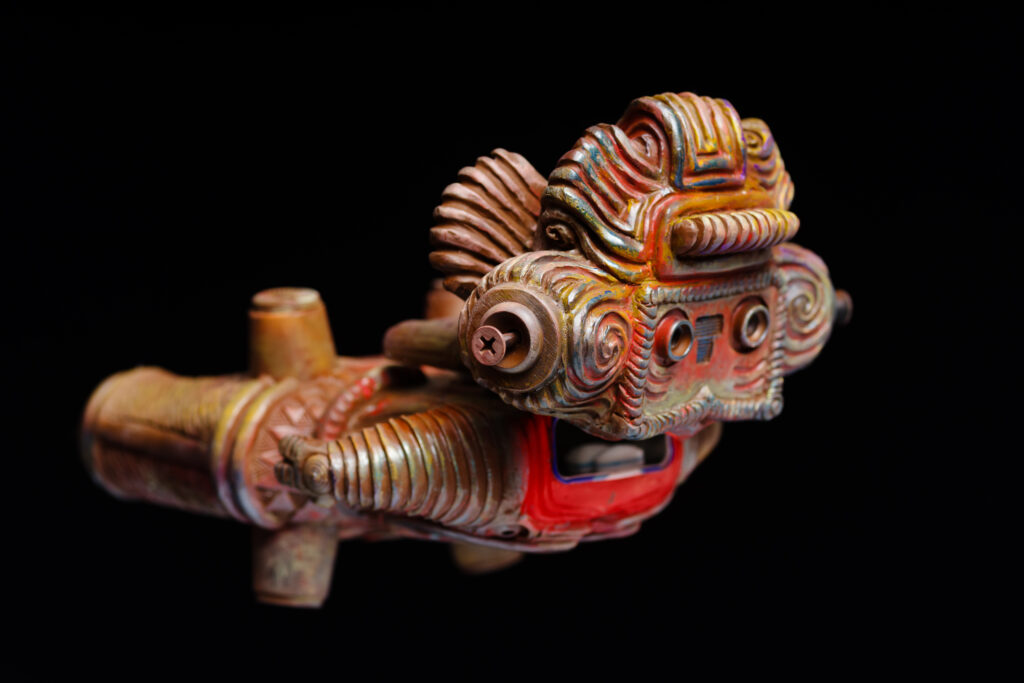

For the head, I fused the head of the Mimizuku Dogu, which is said to have recreated the hairstyle of women of the time, with King Joe. The arms are more like King Joe’s, and the legs are made of rolling rope to give it the “Jomon” look. When I had finished making the base, I realized that the metal Frisk case that was next to it could be built in, so I decided to use it as a FRISK case. However, the locket on the back would get in the way and prevent the lid from opening, so I used a neodymium magnet to make it detachable.
I tried to achieve a subtle color that is both clay-like and metallic, but what do you think? I used brick and black as a base, and then drybrushed on black, gold, silver, copper, and metallic blue to give it a burnished look. I did all this work on the Shinkansen train to Shin-Kobe. I was just in time…
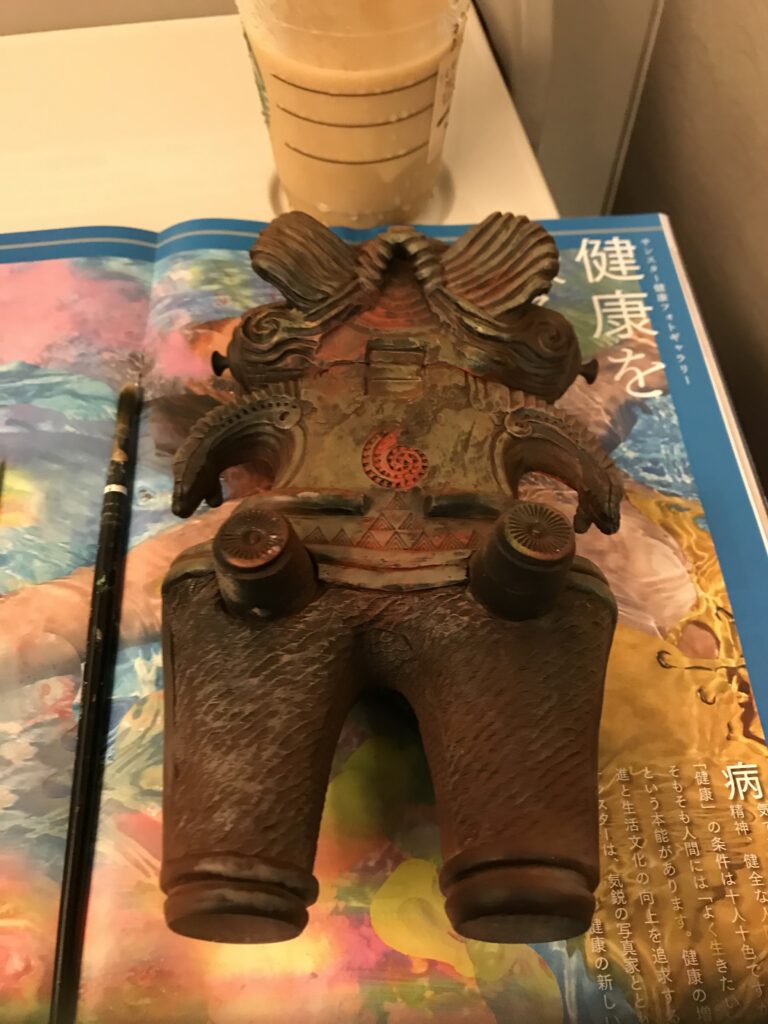
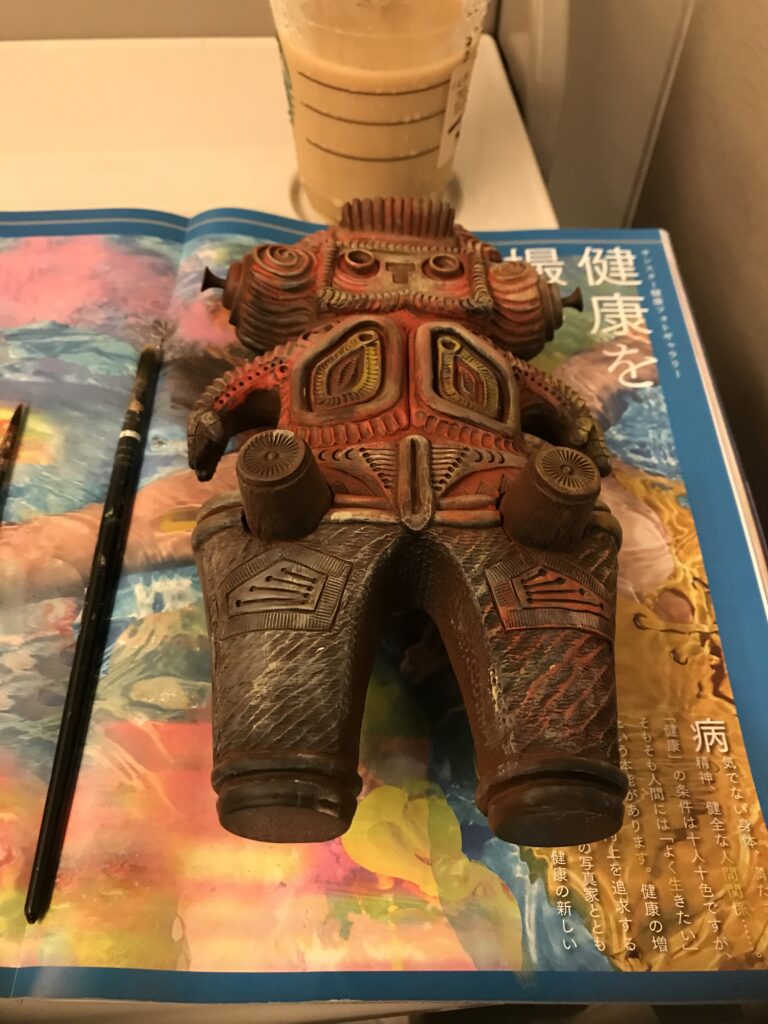
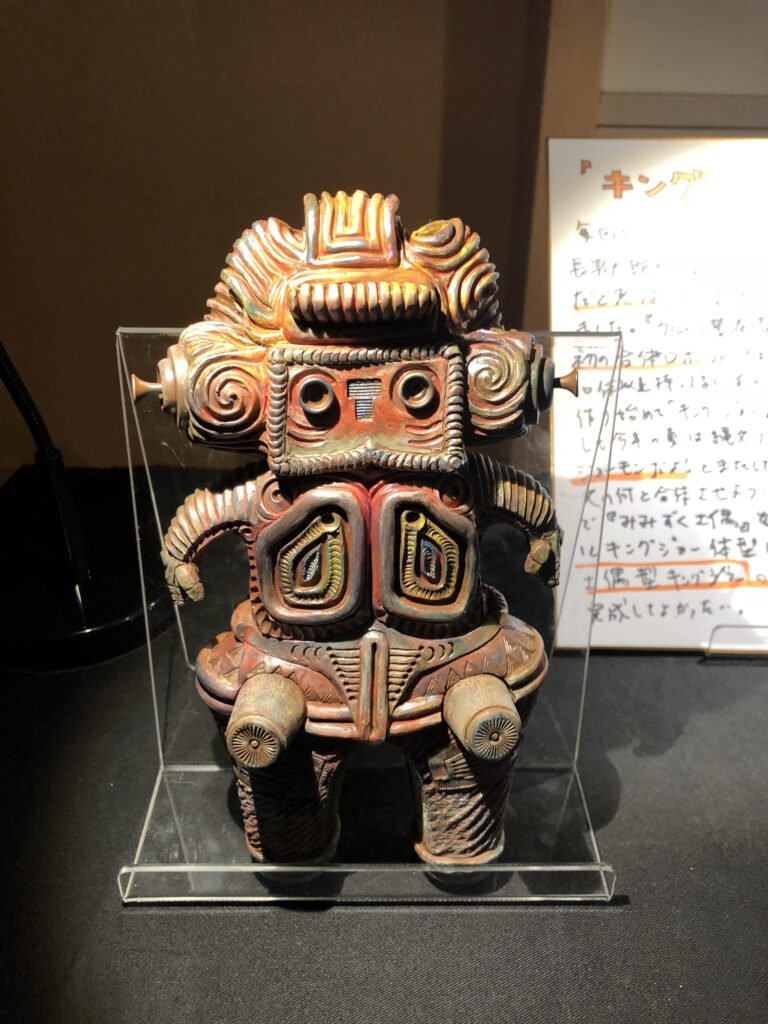
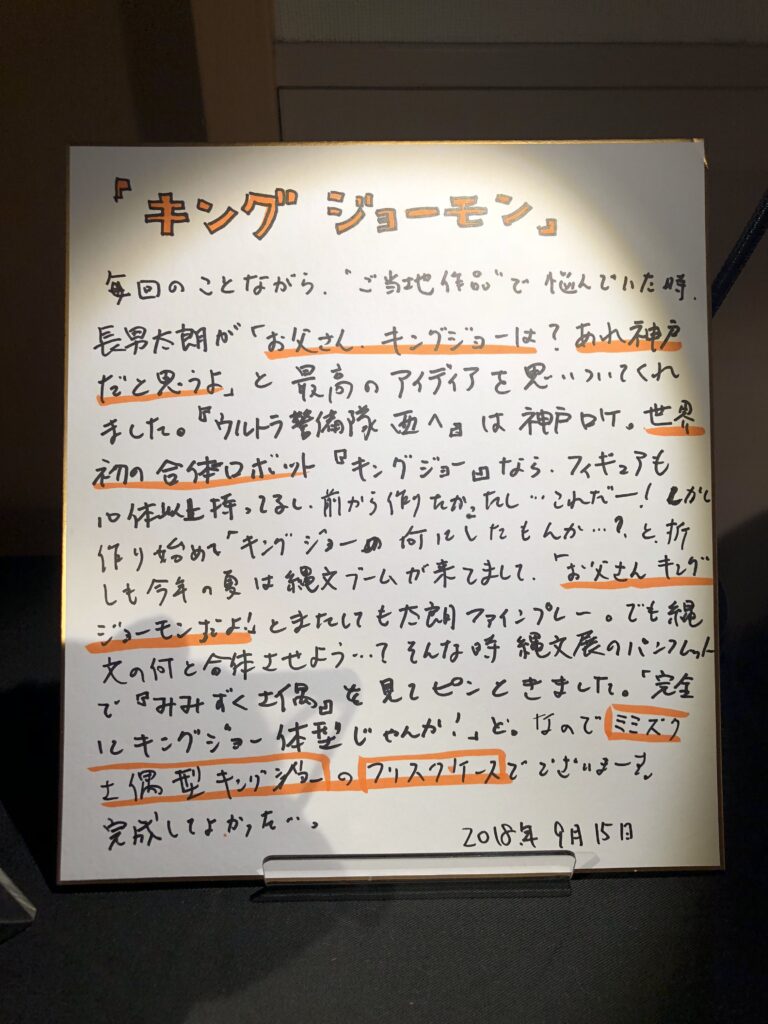
Photo : Yoshiaki Hirokawa
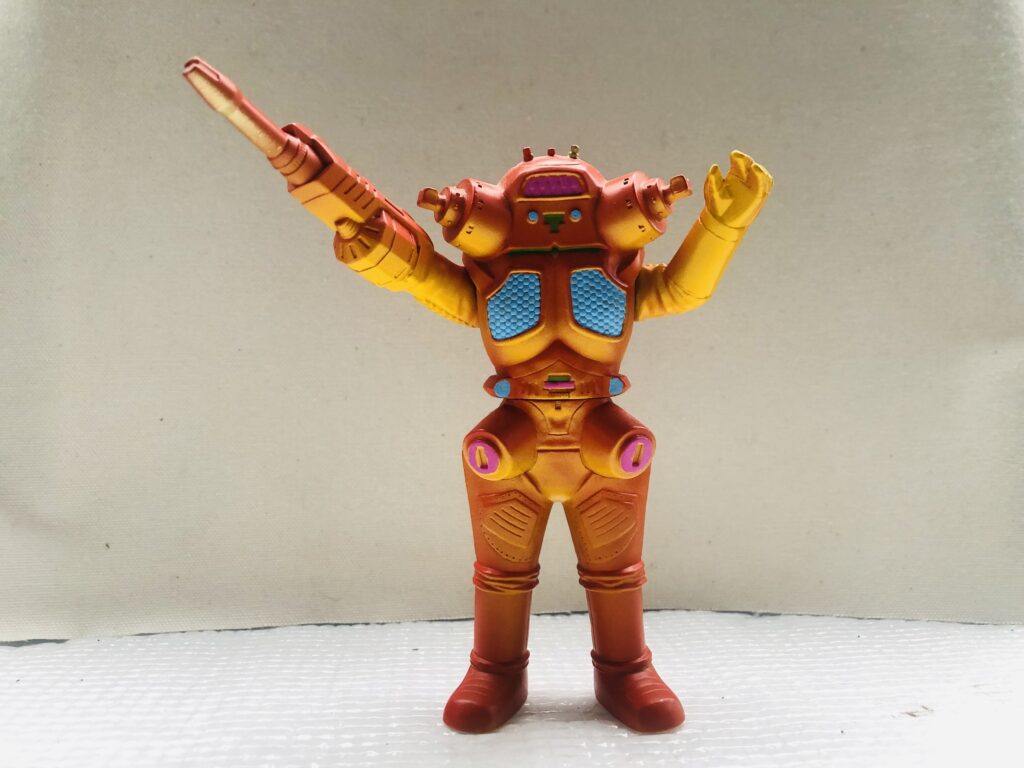
KING JOE
Also known as Space Robot
Height 55m
Weight 48,000 tons
Birthplace: Planet Pedan of the 8th Galaxy
King Joe is a robot monster created by the Pedant aliens that appeared in “Ultra Seven” episode 14/15, ” “The Ultra Guard Goes West, Part 1 and Part 2″.
References : https://ultra.fandom.com/wiki/King_Joe
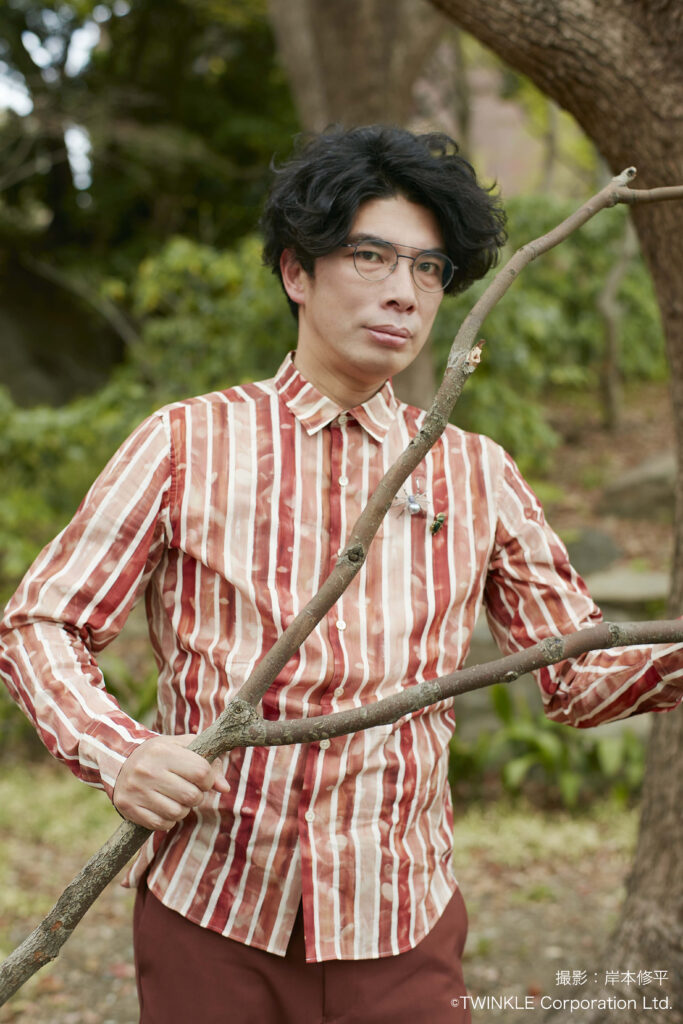
Jin Katagiri
Born November 27, 1973 / Born in Saitama Prefecture / Graduated from Tama Art University
Active in the stage, movies, radio, etc., mainly in TV dramas series. Major appearances in recent years include “99.9% -Criminal Lawyer-” (TBS), “Your Turn to Kill” (NTV), and “NHK Morning drama series Yell” (NHK).
In addition to acting, he also creates clay, and from 2016 to 2018 he held a national tour at the “Jin Katagiri Absurdity Clay Art Exhibit Giri Ten.” In 2019, he is holding his first overseas solo exhibition in Taiwan.
This clay figurine was found in the Kanto region in the late Jomon to early late Edo period. The face is outlined with a chiseled ridge, and the eyes and mouth are expressed by pasting a disc. This humorous face resembles the bird “Mimizuku” (horned owl), hence the name “Mimizuku Dogu”. The clay figurine, excavated from the Shimpukuji shell mound in Saitama City, Saitama Prefecture, has been designated an important cultural property.
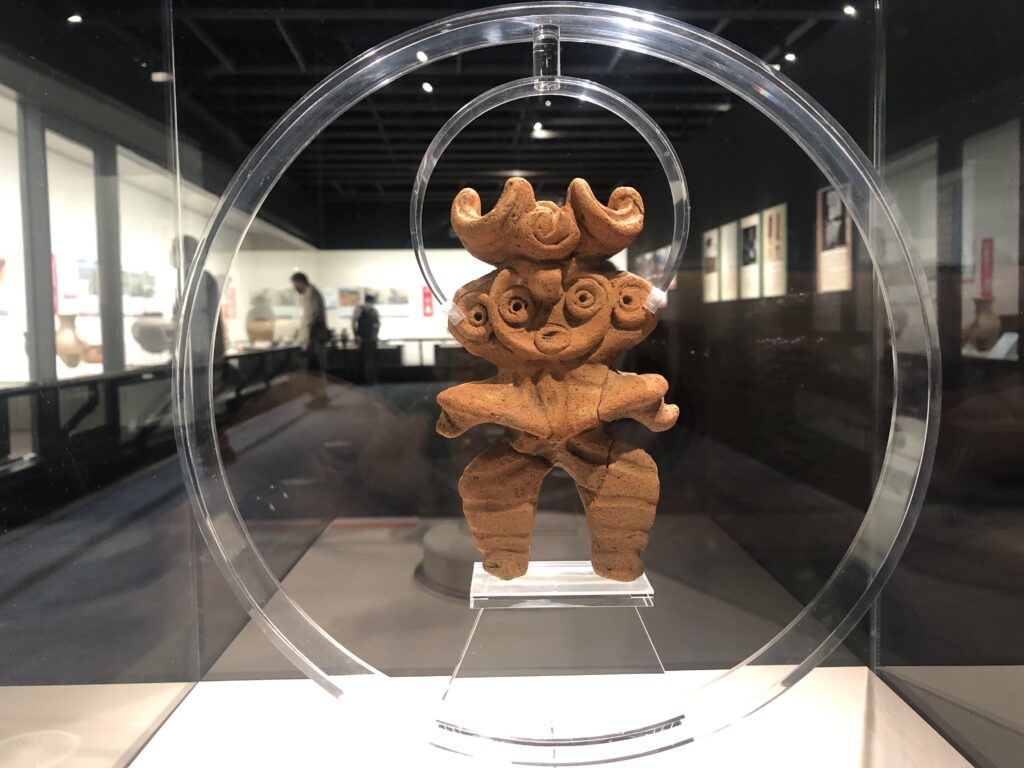

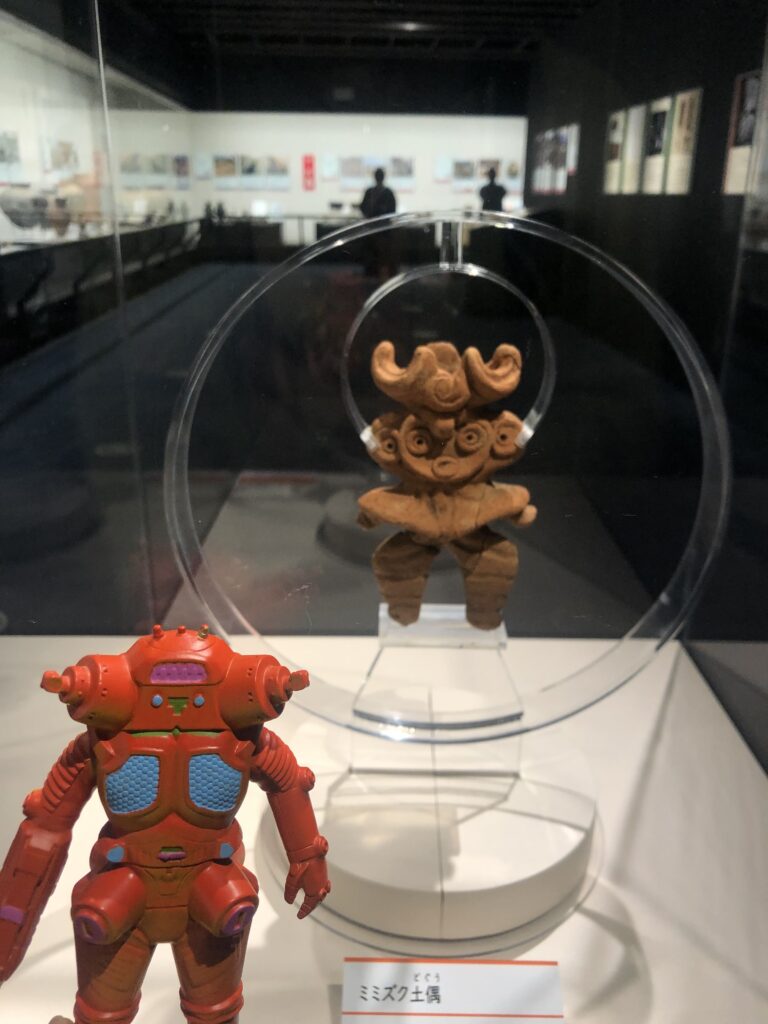
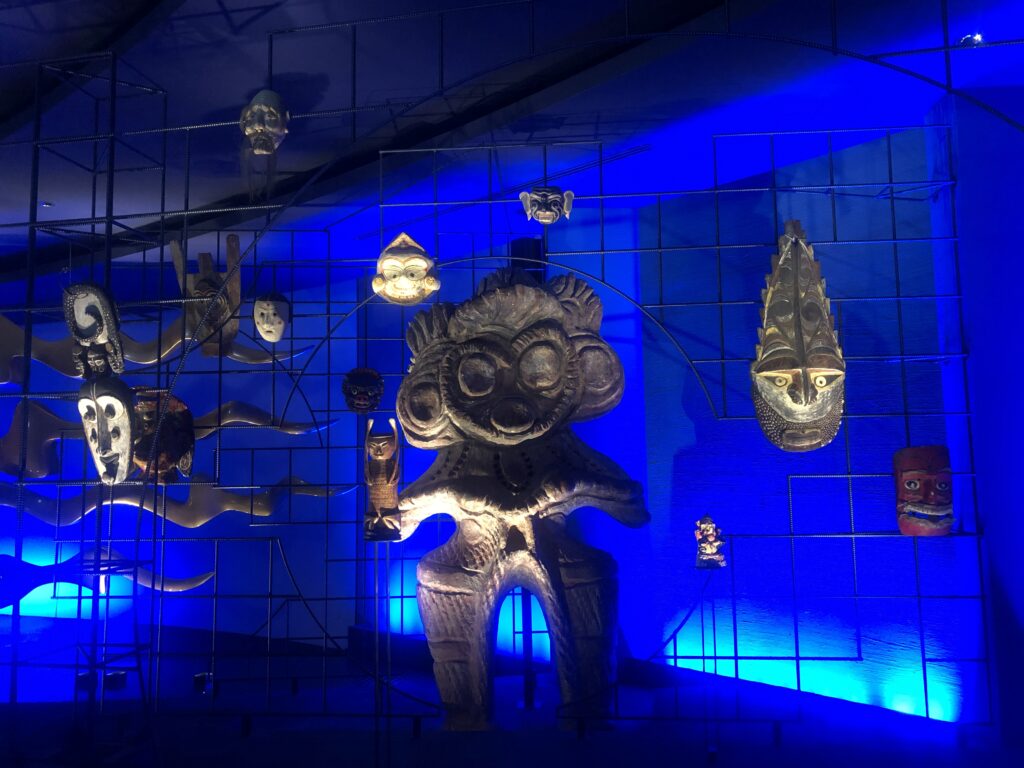
Hyogo Prefecture is the largest prefecture in the Kinki region and is bordered by two seas: the Sea of Japan to the north and the Setonaikai (Seto Inland Sea) to the south. Therefore, when traversing Honshu by land, you will always pass through Hyogo Prefecture. Crossing from a town facing the Sea of Japan to a town facing the Seto Inland Sea, or even to Awaji Island, which is said to be the first island created in the myth of the birth of the Japanese archipelago, is a journey full of attractions. The port of Kobe, facing Osaka Bay, has flourished as a port town since ancient times. The romantic scenery of the port town and the exotic cityscape make it a popular tourist destination.
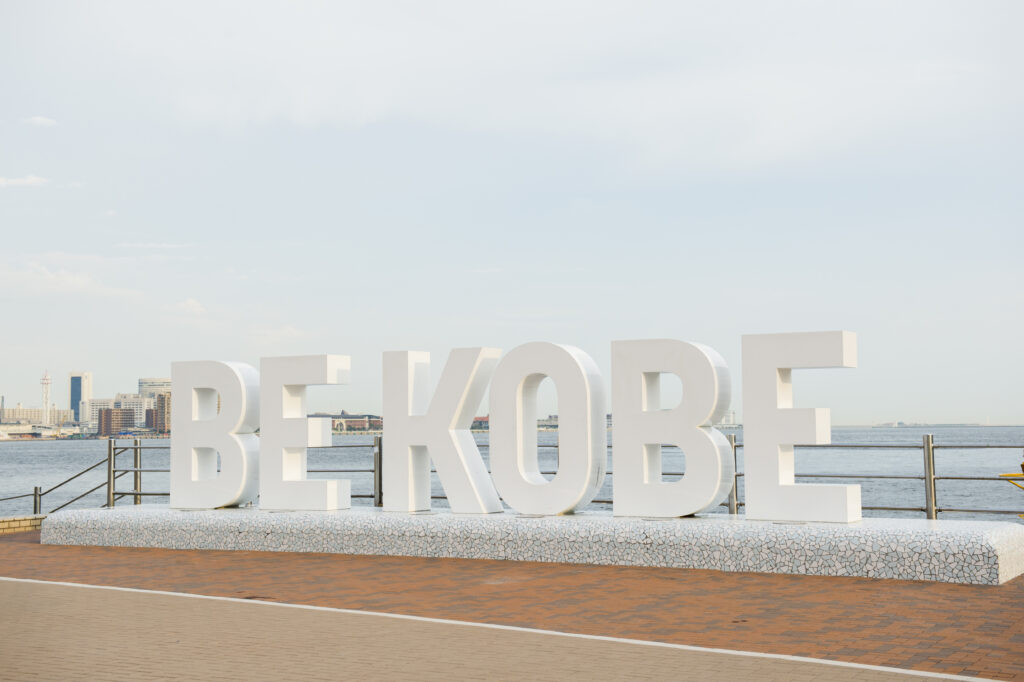
It was set up to celebrate the 150th anniversary of the opening of Kobe Port in 2017.
The phrase “BE KOBE” is said to be a message of Kobe’s civic pride, which was born 20 years after the Great Hanshin Earthquake and summarizes the idea that “the charm of Kobe is its people”.
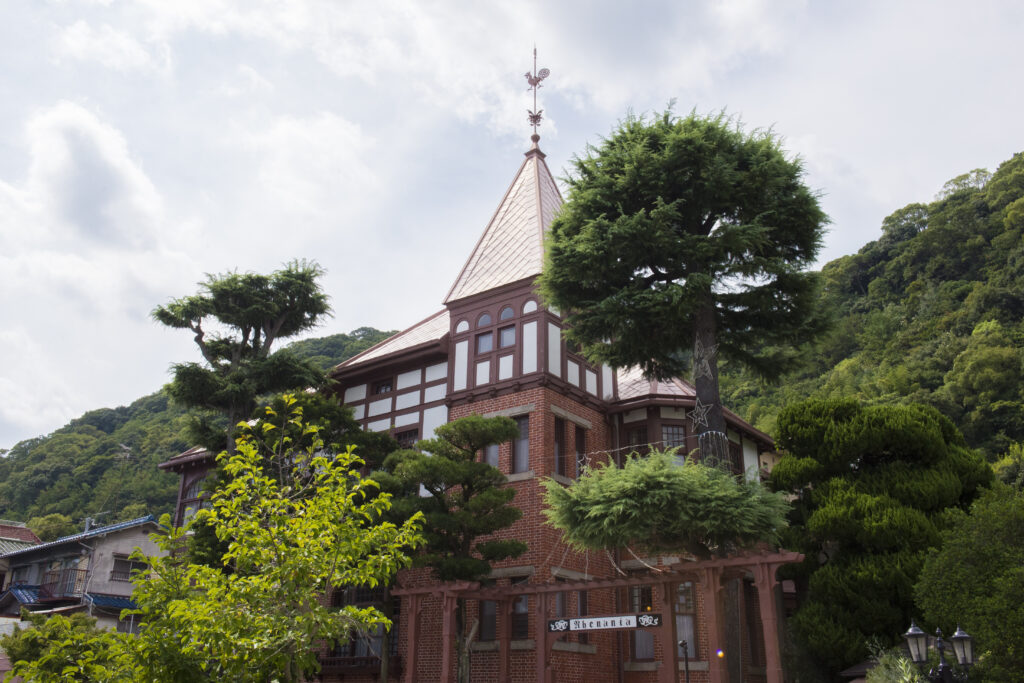
The “the house of German trader G.Thomas” is located in a popular area dotted with the former homes of foreigners who came to Kobe after the opening of the port.
It is also called “Kazamidori no Yakata” (weathercock house) because of the distinctive weathercock on the roof. It is designated as an important cultural property of Japan.
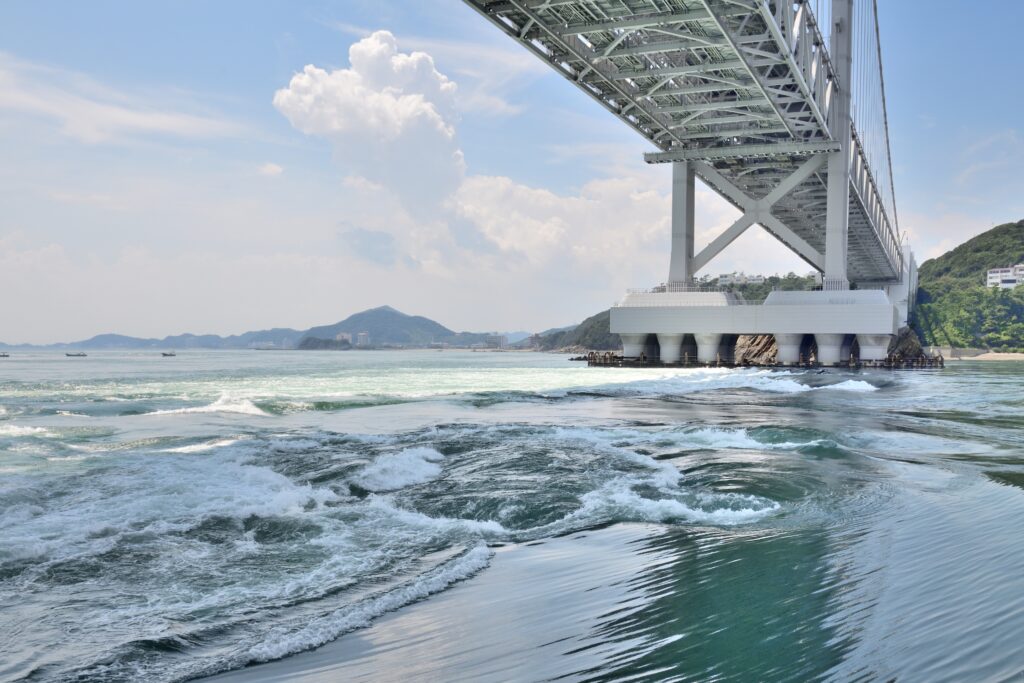
During high tide in spring and autumn, a whirlpool as large as 20 meters in diameter appears!
It is said that the Naruto Strait is the only place in the world where you can see such a powerful whirlpool.
If you board the Uzushio Cruise, which departs from Fukura Port on Awaji Island, you can see the whirlpools right next to the spot where they occur, and they are said to be much more powerful than you can imagine.
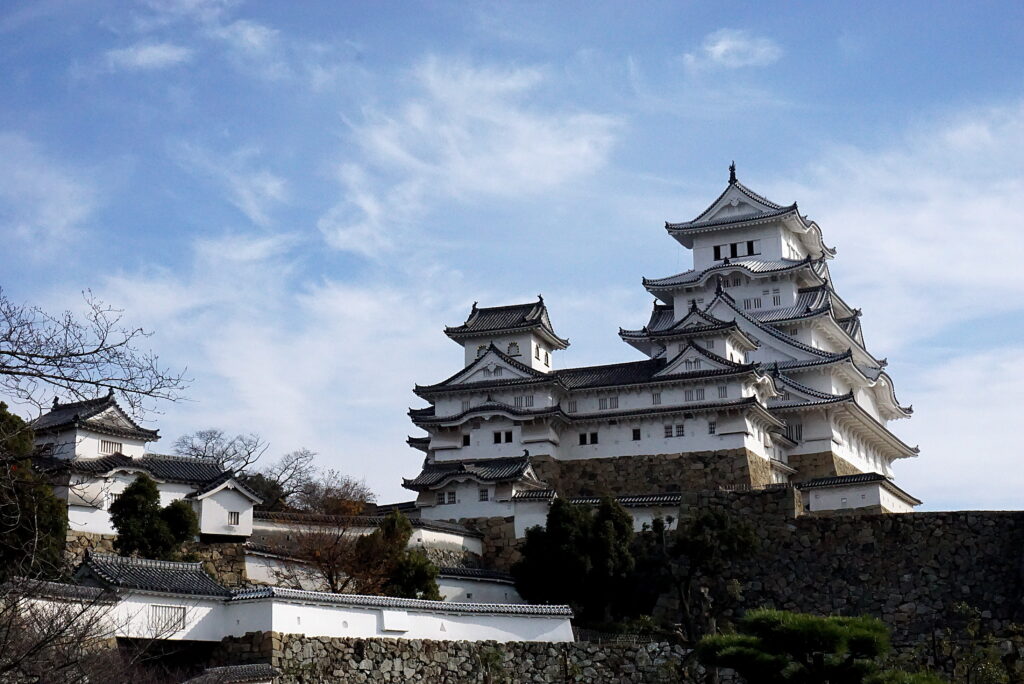
Himeji Castle, nicknamed “Shirasagi-jo” (White Egret Castle) because of its graceful appearance like a heron spreading its wings, became Japan’s first World Heritage Site in December 1993, along with Horyuji Temple in Nara Prefecture.The bright white walls of the castle, built in the white plaster so-nurikome style, are very beautiful.
It features a five-story, seven-floor main tower and a series of smaller towers on the east, west, and Inui sides connected by watari-yagura (watchtowers). The castle tower and the Watari-yagura are registered as national treasures. Amazingly, the main castle tower was built in 1609.
*Tenshu (Tower): The name of a symbolic structure built in a castle since the Warring States period in Japan.
*Watari-yagura: A building built on top of a castle wall or other structure that runs long like a corridor.
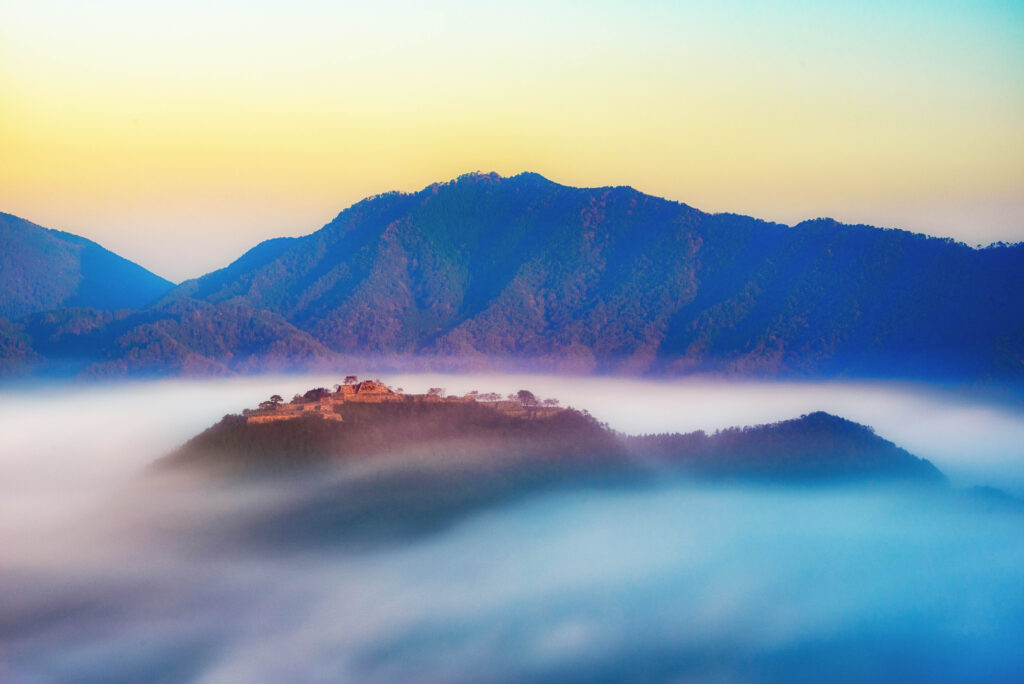
Takeda Castle Ruins is a mountain castle built on the top of Mount Kojo, 353.7 meters above sea level, and is also known as “Torafusujo/Kogajo” because the entire mountain of Mount Kojo looks like a tiger lying down. The area is often covered with thick fog on clear autumn mornings, which surrounds the Takeda Castle Ruins and makes it look as if it is floating on a sea of clouds, hence the name “Castle in the Sky”. You can enjoy the view shown in this photo by climbing up the Ritsuun-kyo Valley on the Mt. Asago across from the Takeda Castle Ruins.
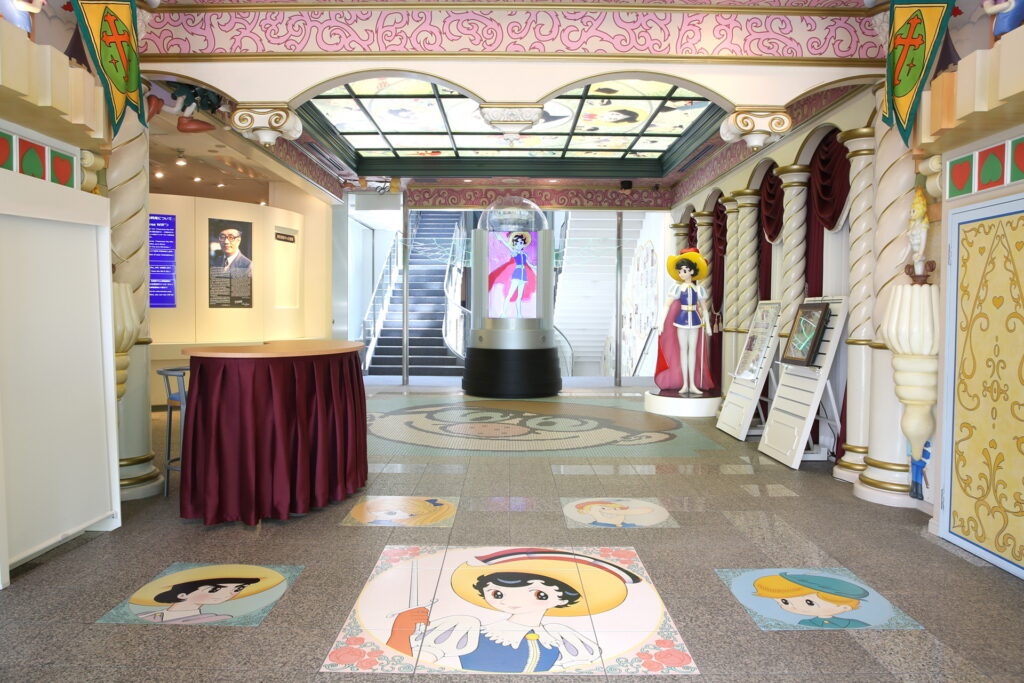
There is a memorial museum in Takarazuka City dedicated to Osamu Tezuka, who appeared in the last issue of Tokyo’s local work.
He was born in Osaka and spent about 20 years in Takarazuka from the age of 5 to 24.
The museum shows “three of Tezuka Osamu’s original works” and “Tezuka Osamu Experimental Animation” on a monthly basis, and has a library with about 2,000 books available for reading, including foreign language versions in English, Chinese, Korean and Braille.
※For more information about the library, please visit the website of the Osamu Tezuka Manga Museum.
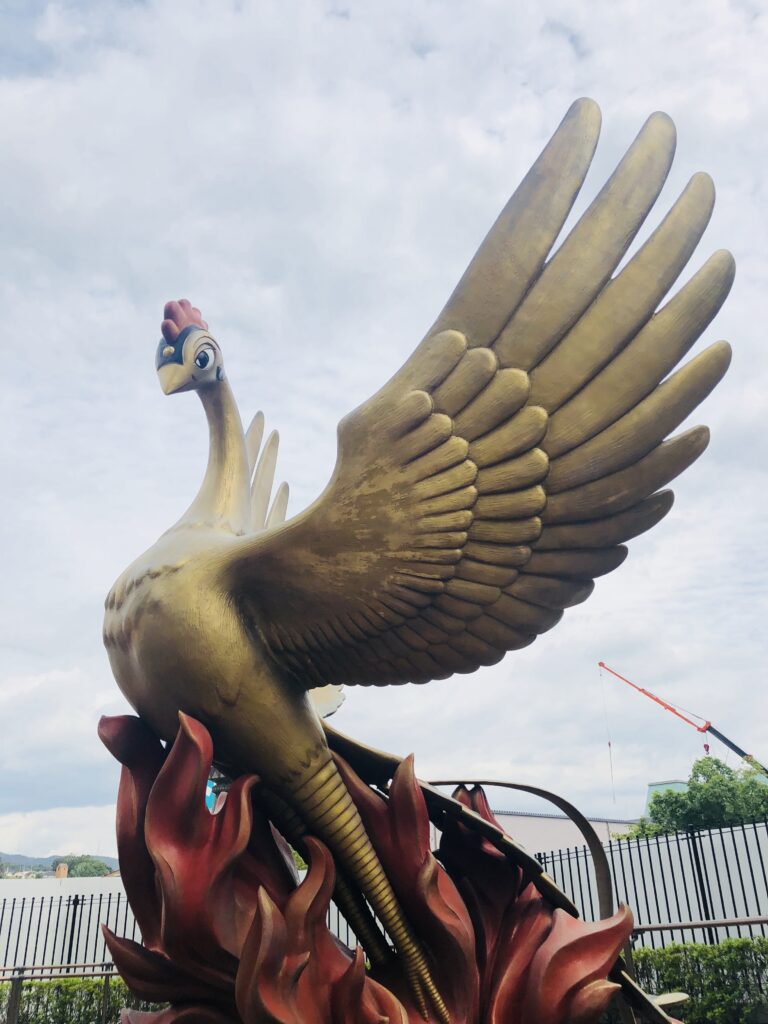
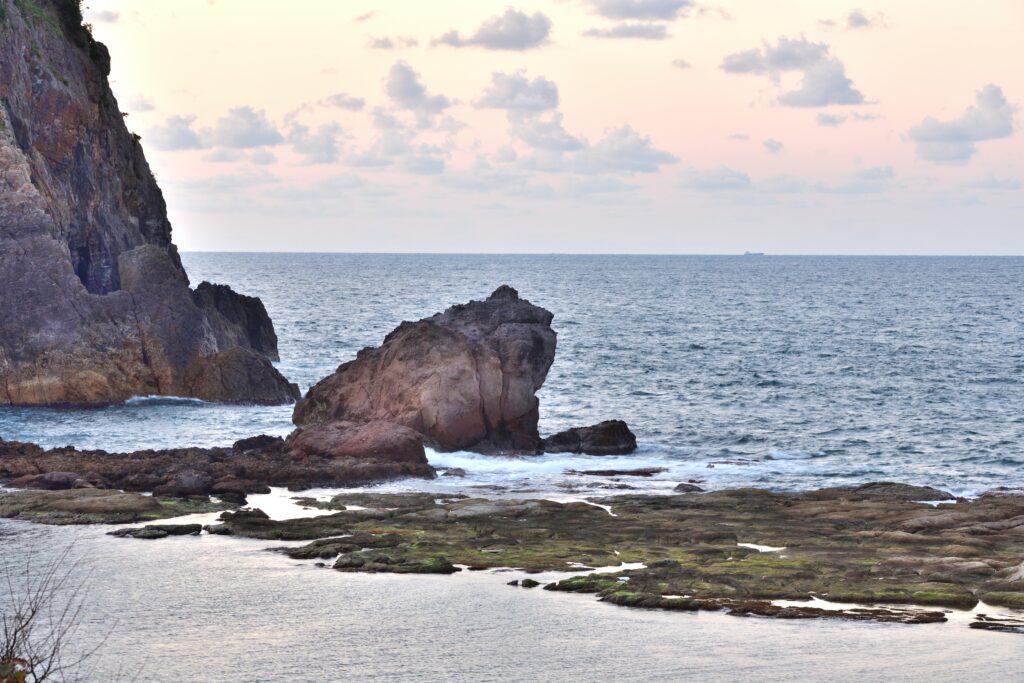
This rock at the Imagoura Beach is called “Frog Island” because of its frog shape. The frog island has been believed to have been used as a prayer rock to fulfill various wishes since ancient times. It is said to have originated in the old days when men who went out on a voyage on a ship prayed for their safe return. Nowadays, people pass by and hang up frog* ema (votive tablets) to make their wishes come true, such as “to replace something lost,” “to replace life,” and “to become young again.”
In Japanese, the words “「蛙」「帰る」「返る」” (frog, go home and return), are read in the same way “Kaeru”.For this reason, the word “frog” has long been associated with good luck, as it can be read in the same way as “Bujini kaeru (return safely)” or “Yomigaeru (rebirth).
An ema is a wooden board with a picture on it, which is dedicated to a shrine or temple when praying there, or when one’s wish comes true and one wants to thank them for it.
Photo references : Kobe Tourism Bereau and Hyogo official tourism navigation
The Giri exhibition at Aeon Mall Kobe Kita, where King Jomon was born, was held across the street from the venue, Village Vanguard. Speaking of it, Mr. Katagiri! Village Vanguard’s sales floor was overflowing with love for him. There was also a corner where you could write a POP message to him, and by the end of the exhibition, there were many messages posted. Of course! I wrote one too!
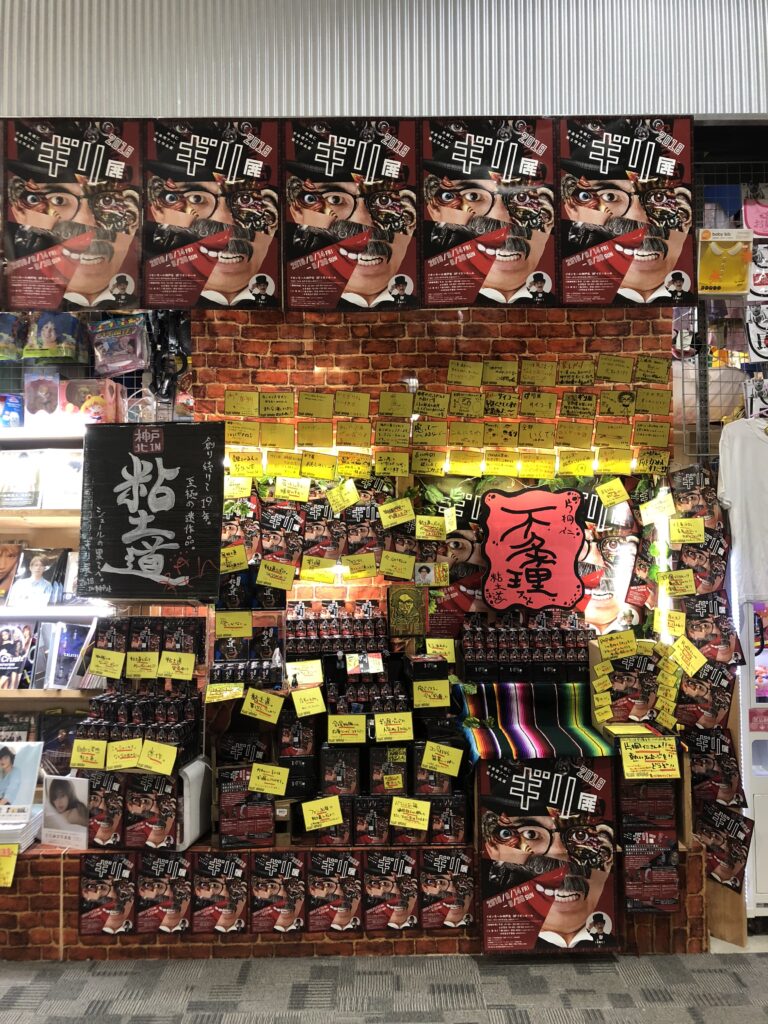
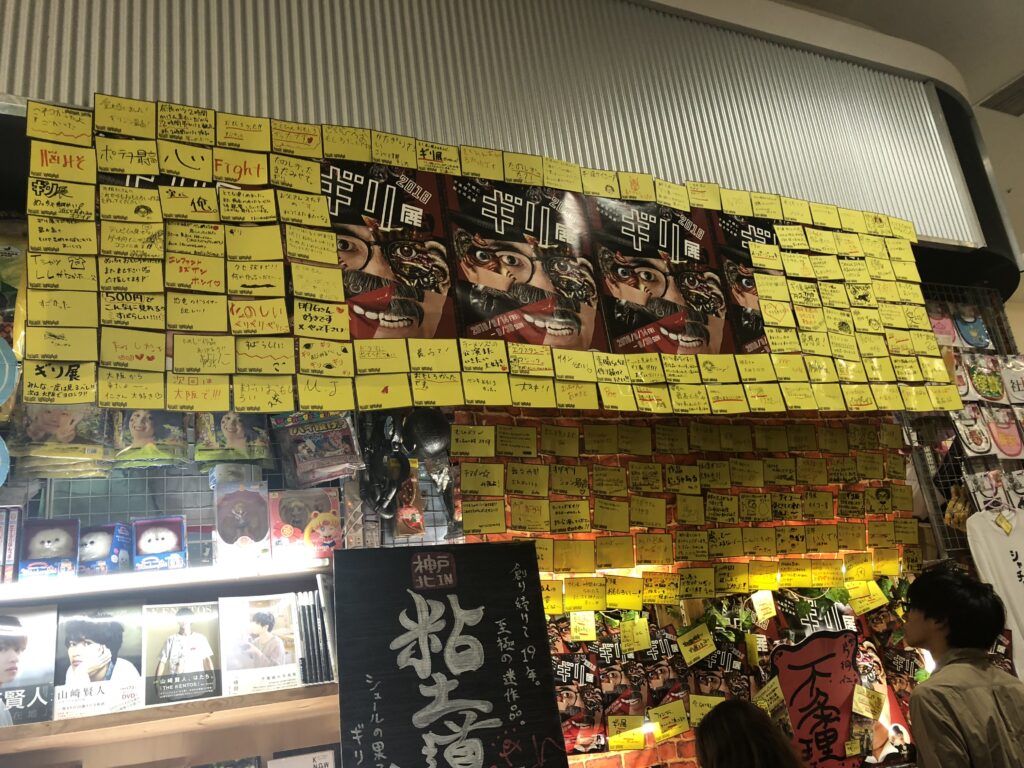
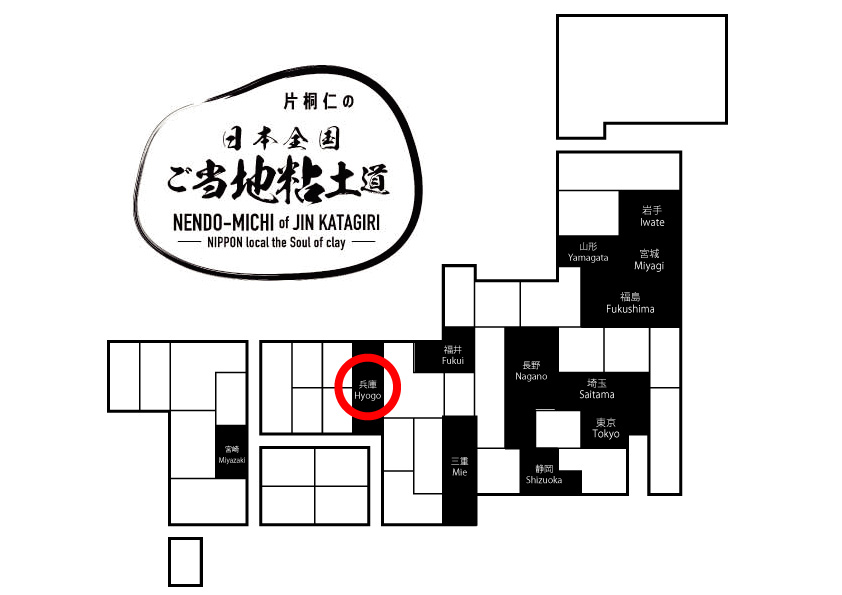
THAT IS GOOD editorial department, Fujita